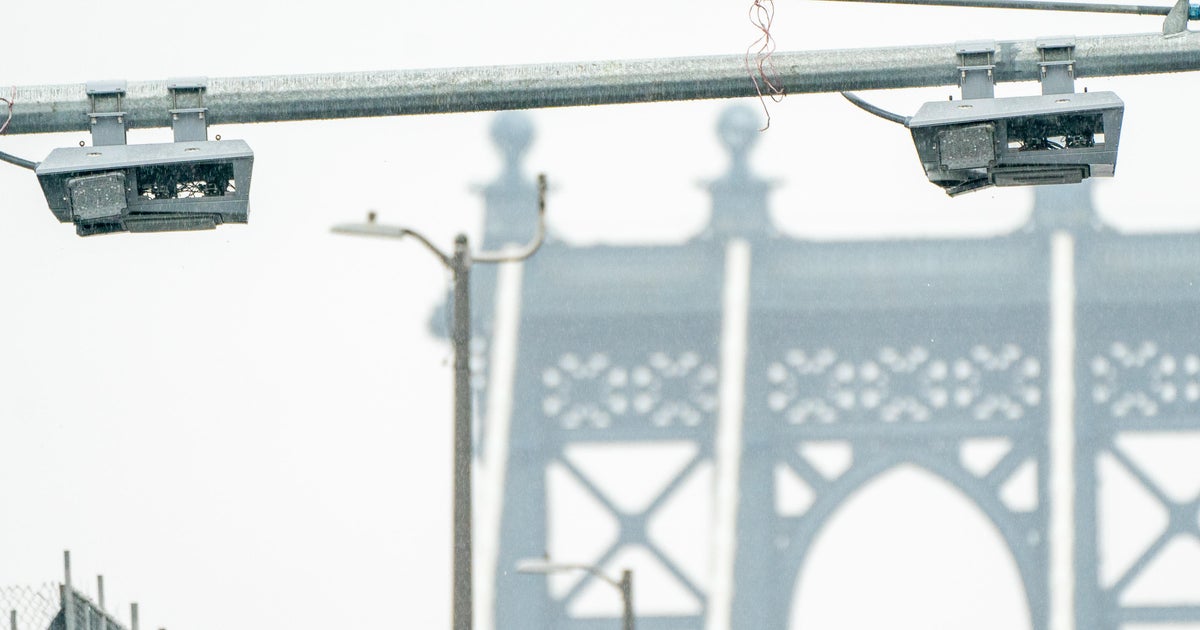City leaders break ground on new initiative designed to better protect Manhattan from storm surges
NEW YORK -- Mayor Eric Adams on Wednesday marked 10 years since Superstorm Sandy by pushing new initiatives to protect the city from that kind of devastation again.
From South Street Seaport, city leaders broke ground on the Brooklyn Bridge-Montgomery Coastal Resilience project, which will add flood walls and barriers to protect parts of Manhattan.
READ MORE: Sandy, 10 years later: CBS2 visits what were once destroyed sections of Lindenhurst and Freeport
In all, $522 million worth of construction, designed to protect the two bridges neighborhood on the Lower East Side, kicked off, but the mayor is asking the federal government to fund future projects, CBS2's Steve Overmyer reported..
"It will cost more to bail out New York City than to protect it. Let's think in advance. Let's act in advance. Let's build in advance," Adams said.
He's asking for $8.5 billion. Ten years ago this week, Superstorm Sandy did $19 billion in property damage and 44 people died.
"Every year, the federal government directs regular funding into items like highways and transit. We need the same for resiliency projects," Adams said.
"New York's neighborhood scale coastal protection projects are among the largest and most ambitious and technically complex coastal infrastructure projects in the entire world," said Kizzy Charles-Guzman, with the mayor's office of climate and environmental justice.
The key feature of the design under the FDR Drive is what looks like a walkway most of the time, but actually hides 10-foot steel barriers that flip up to create a waterproof wall.
"Ninety-three of the gates here are hydraulically powered. Literally press a button and the gate will come up within basically one or two minutes," said Tom Foley, of the Department of Design Commission.
The job is on schedule and set to be completed in four years, but the pace of other projects are threatened to be delayed by red tape and funding. However, politics is not a game played by Mother Nature.
"Storms like Sandy, they were once estimated by scientists to occur once every 100 years, but that has changed. They're becoming stronger and more frequent, due to our rapidly warming planet. We don't have another 100 years to prepare. We have to prepare now," Adams said.
The final phase of the Lower Manhattan resiliency project isn't expected to be completed for another 10-15 years.




